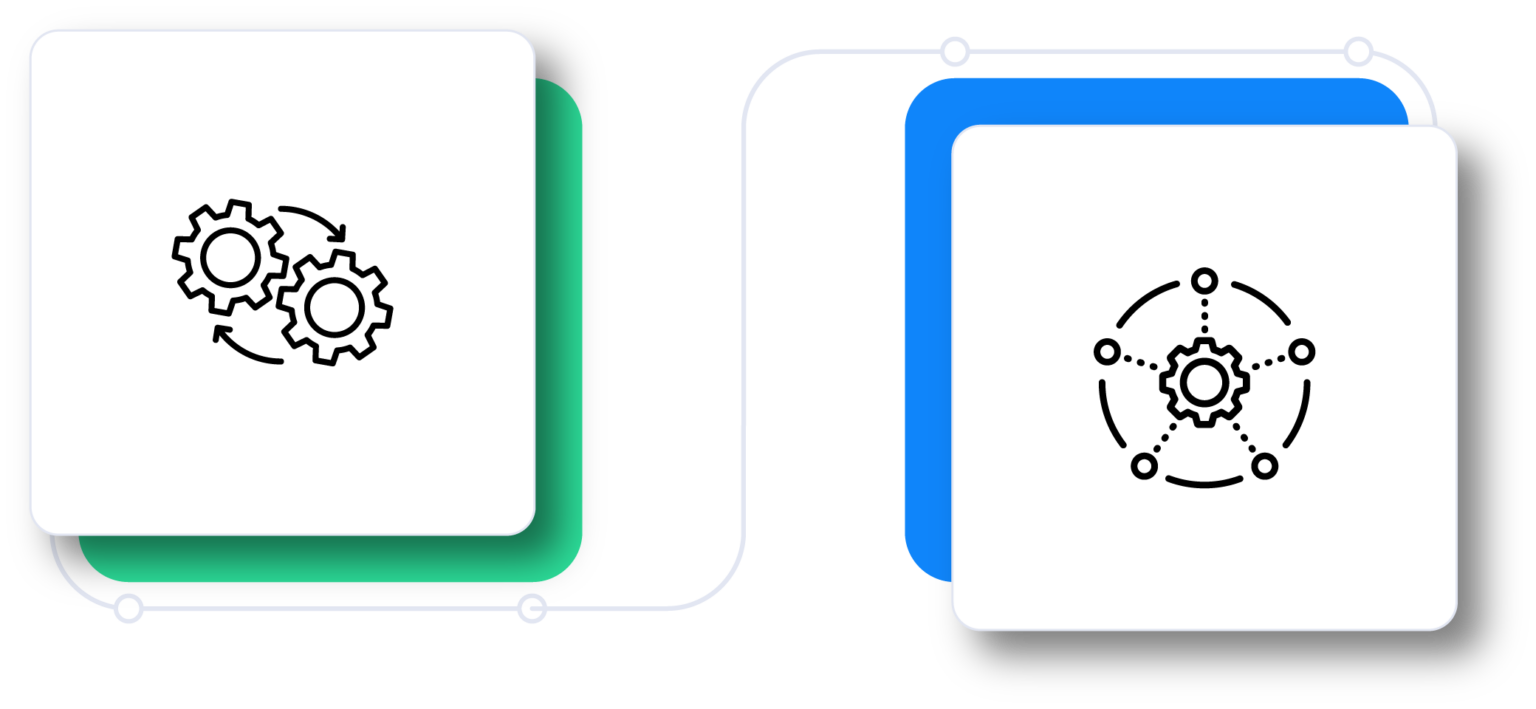Home » Built For Transportation » Architecture
Competitive Advantage Through Product Architecture
Product Architecture That
Supports All Buyer Types
Global transportation management cannot be done in a vacuum – it involves a network of shippers, receivers, carriers, logistics service providers, brokers, and many others. This is why MercuryGate product architecture supports ALL types of buyers. Because our product architecture supports all types of transportation buyers, MercuryGate creates value for customers by eliminating the need for duplicative TMS investments while increasing efficiency across multiple areas of your business.
Learn more about our solutions by buyer type:

Enabling Collaboration with Product Architecture
Historically, transportation technology users have had two types of products to choose from: large, custom solutions built to integrate with their ERP; or easier-to-deploy, but less capable off-the-shelf solutions. Frankly, customers should not have to choose between usability and capability and this is reflected in our product architecture. MercuryGate bridges the gap between the two with pre-built integrations with all major ERPs, an integration network of over 70 partners, and configurable portals that can be accessed by customers, suppliers, and carriers as determined by you.
Choose the Integrations that Work for You
ERP Integrations
MercuryGate products integrate with all major ERPs. Learn more about why each works best when used together.

Technology Integrations & Services
Use the freight technologies and partners you already know. Choose from over 70 providers.
Using Product Architecture to Streamline Complexity
MercuryGate combines the holistic, multimodal capabilities of the MercuryGate TMS with the ease of Claims Management, the intelligent automation of Final Mile, the transparency of Shipment and Order Visibility and the risk mitigation of Global Sourcing and Compliance into a single transportation management suite. This makes MercuryGate unique in its ability to connect full shipment lifecycle visibility and the ability to execute shipments and manage exceptions into a unified platform.



